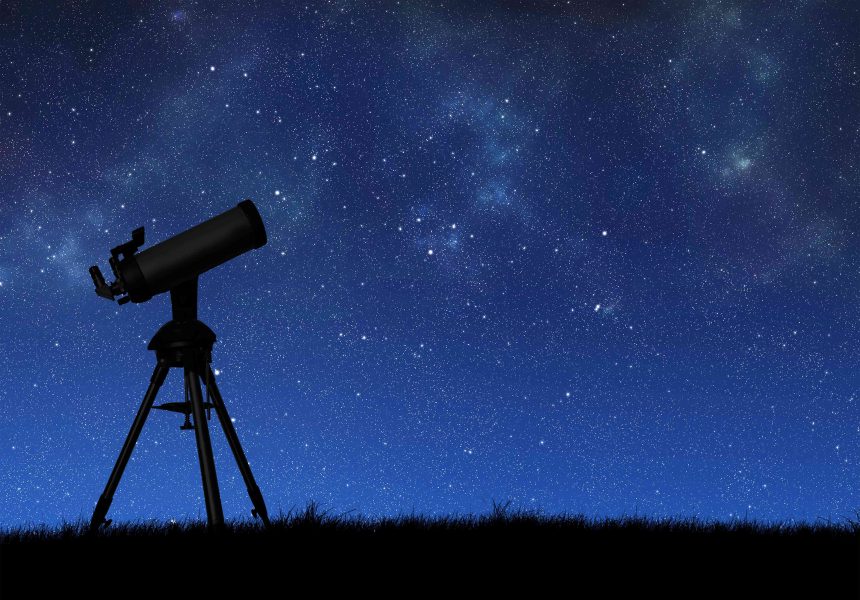Venus, the planet of love, will put on a special show this Valentine’s Day. After the sun sets on February 14, head outside and look up at the sky to see the planet at its greatest brilliance, shining bright in the night sky for all to enjoy, EarthSky.org reports.
Venus is the brightest planet we see from Earth. According to NASA, the ancient Romans could easily see Venus in the sky, as well as the sun, moon, Mercury, Mars, Jupiter, and Saturn. They named these objects after their most important gods, with Venus being named after Aphrodite—the goddess of love and beauty. It’s the only planet named after a female god.
Venus has illuminated the night sky all of February, but it reaches its peak illumination on Valentine’s Day. Per NASA, this planet will remain dazzling through the beginning of March, but will slowly start to descend from its late-January high point. By mid-March, Venus will seem to disappear into the glare of sunset, reappearing in the morning sky come April.
Venus goes through phases, which can be seen with a simple telescope. But unlike the moon, Venus isn’t at its brightest when it’s full. Instead, it appears most brilliant when it’s a thinner crescent, according to NASA. This is because Venus only looks fuller when it’s on the far side of the sun, meaning it’s a lot farther from Earth. As it approaches our planet, its phase becomes a crescent, making it look bigger and brighter.
To see the stunning planet, look west just after sunset throughout the rest of February. When Venus looks its brightest, it’s hard to miss. According to EarthSky.org, Venus won’t appear this bright to us again until September 2026, so make sure to view this celestial event while you can.







